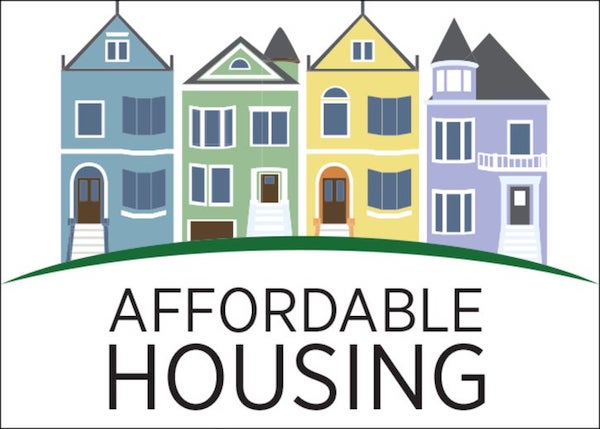Reducing Land Use Barriers to Affordable Housing PLANNING SERIES #10
The document “Reducing Land Use Barriers to Affordable Housing” explores the significant obstacles posed by land use regulations that hinder the development of affordable housing in various communities. It emphasizes the need for comprehensive reforms to zoning laws and other regulatory frameworks to increase the supply of affordable homes, particularly in high-demand areas.
Understanding Land Use Barriers
Land use regulations, including zoning laws, often impose restrictions that limit the types of housing that can be built. These regulations can include minimum lot sizes, height restrictions, and requirements for parking spaces, all of which contribute to higher construction costs and reduced housing availability. The document highlights how these barriers disproportionately affect low-income families, exacerbating the affordable housing crisis. The report notes that many municipalities have historically favored single-family homes over multifamily units, leading to a scarcity of diverse housing options. This exclusionary zoning practice not only limits the supply of affordable housing but also perpetuates socioeconomic segregation within communities.
The Impact of Restrictive Zoning
The prevalence of restrictive zoning practices has led to a significant imbalance between the demand for affordable housing and its availability. For instance, in many urban areas, a substantial portion of land is zoned exclusively for single-family homes, which restricts the development of denser housing types such as apartments and townhouses. This situation results in increased rents and housing instability for low-income residents. Moreover, lengthy permitting processes and bureaucratic hurdles further delay housing development projects. These challenges discourage developers from pursuing affordable housing initiatives and contribute to rising costs that are ultimately passed on to tenants.
Recommendations for Policy Reform
To address these issues, the document outlines several key recommendations aimed at reducing land use barriers:
- Zoning Reform: Local governments should revise zoning laws to allow for higher-density housing and mixed-use developments. This includes eliminating single-family zoning in favor of policies that permit multifamily dwellings and accessory dwelling units (ADUs).
- Streamlining Permitting Processes: Simplifying and expediting the permitting process can significantly reduce delays in construction. This might involve setting clear timelines for approvals and reducing unnecessary regulatory requirements.
- Incentives for Affordable Housing Development: Local governments can create financial incentives for developers who build affordable units. This could include tax breaks, grants, or density bonuses that allow developers to build more units than typically permitted under current zoning laws.
- Community Engagement: Engaging with community members is crucial to garnering support for new developments. Local governments should facilitate discussions that educate residents about the benefits of affordable housing and address concerns regarding potential impacts on neighbourhoods.
- Data-Driven Decision-Making: Policymakers should utilize data to identify areas most in need of affordable housing and tailor their strategies accordingly. This includes analyzing demographic trends and housing market conditions to inform planning decisions.
Collaboration Across Levels of Government
The document emphasizes the importance of collaboration between local, state, and federal governments in addressing land use barriers. Federal support can play a critical role in incentivizing local reforms by providing funding or technical assistance aimed at promoting affordable housing development.Additionally, state governments can implement policies that encourage local jurisdictions to adopt more flexible zoning practices. For example, states could condition certain funding on compliance with best practices in land use regulation.
Conclusion
In summary, reducing land use barriers is essential for increasing the supply of affordable housing in communities across the United States. By reforming restrictive zoning laws, streamlining permitting processes, providing incentives for developers, and fostering community engagement, local governments can create an environment conducive to affordable housing development. The document advocates for a collaborative approach involving all levels of government to effectively tackle these challenges and ensure that all residents have access to safe and affordable homes. Addressing these systemic issues is not only vital for alleviating current housing shortages but also crucial for promoting long-term economic stability and social equity within communities.

Further reading:
Eliminating Land-Use Barriers to Build More Affordable Homes bipartisanpolicy
Addressing Challenges to Affordable Housing in Land Use Law harvardlawreview
[PDF] Potential Barriers to Affordable Housing Zoning and other land use … moabcity
